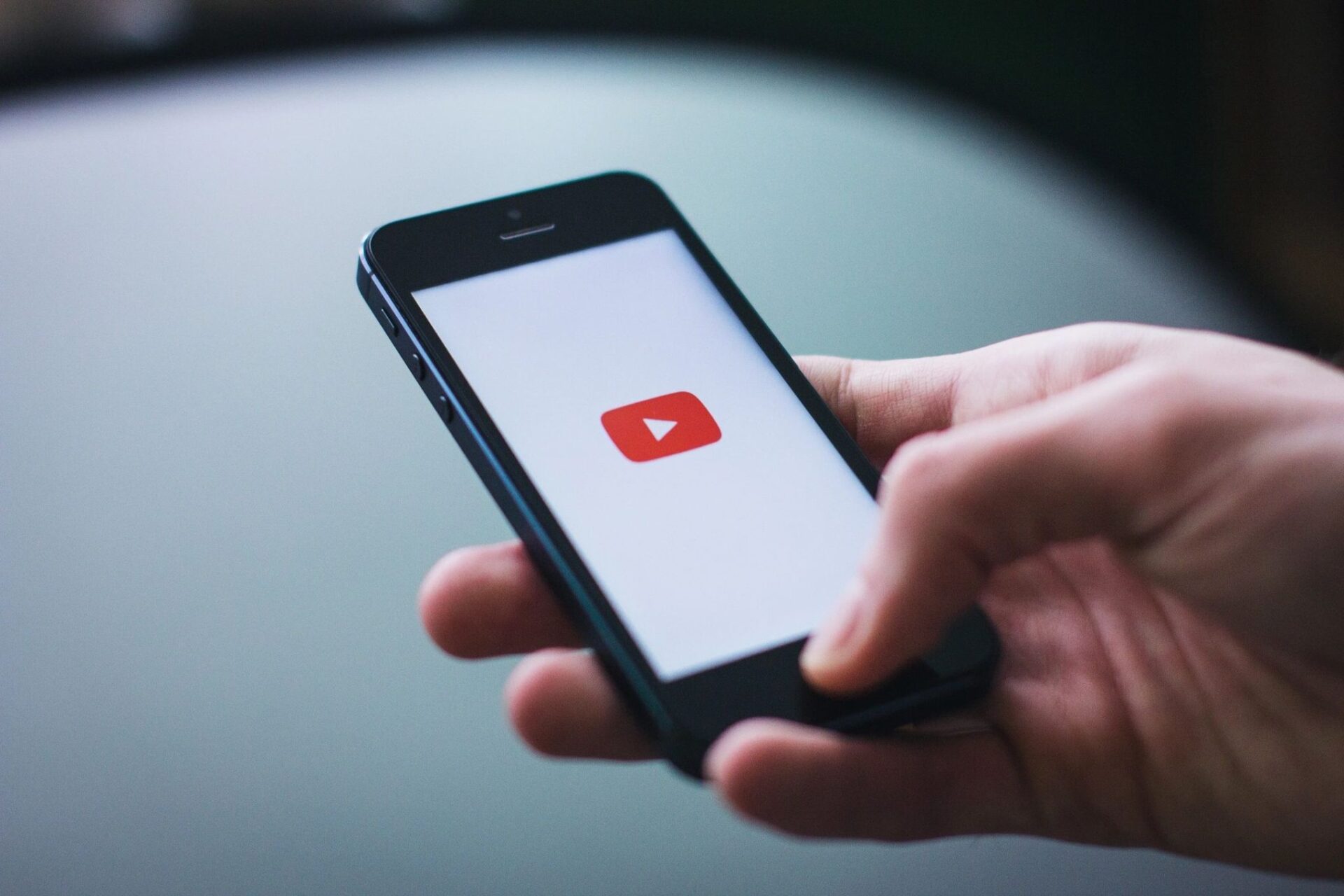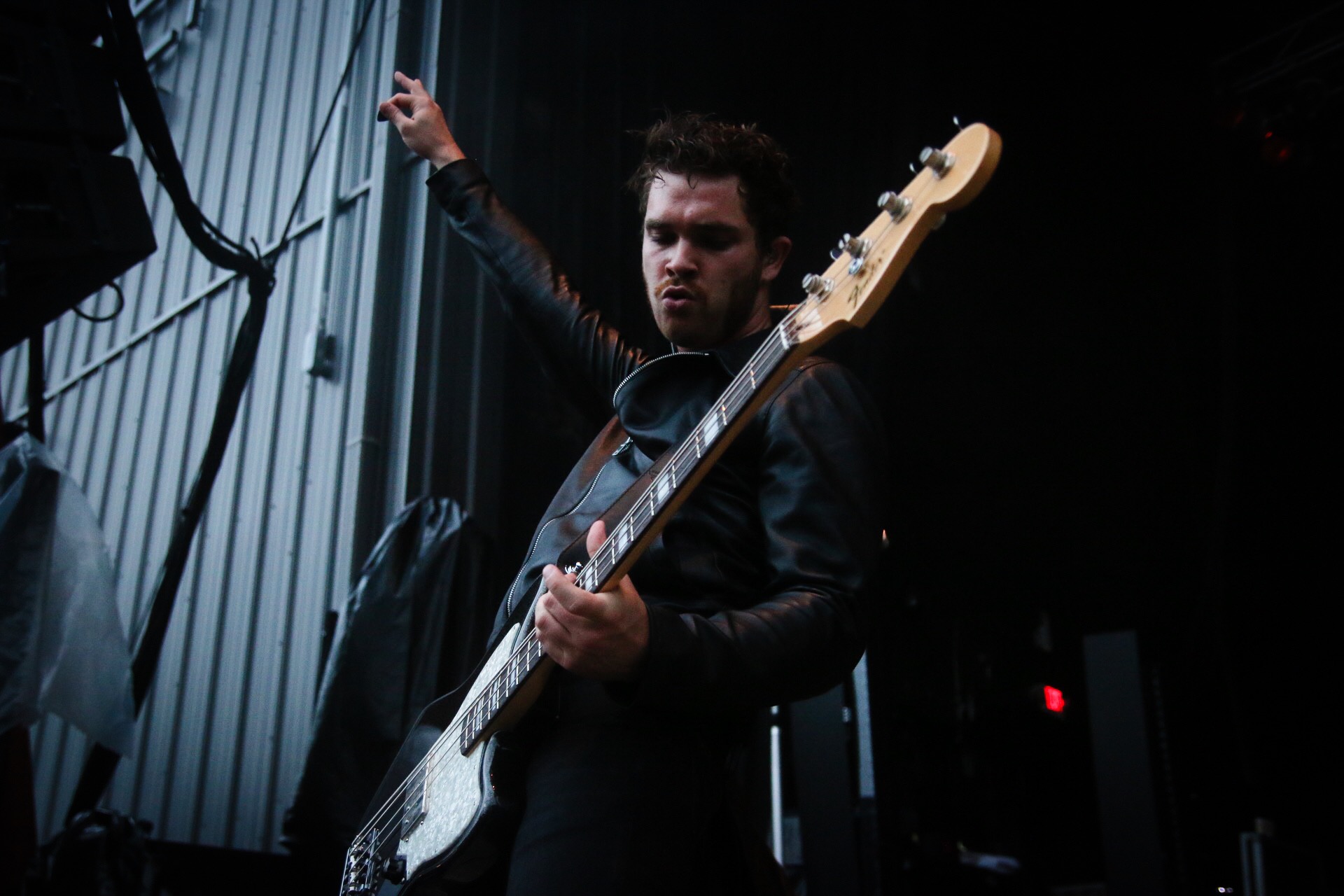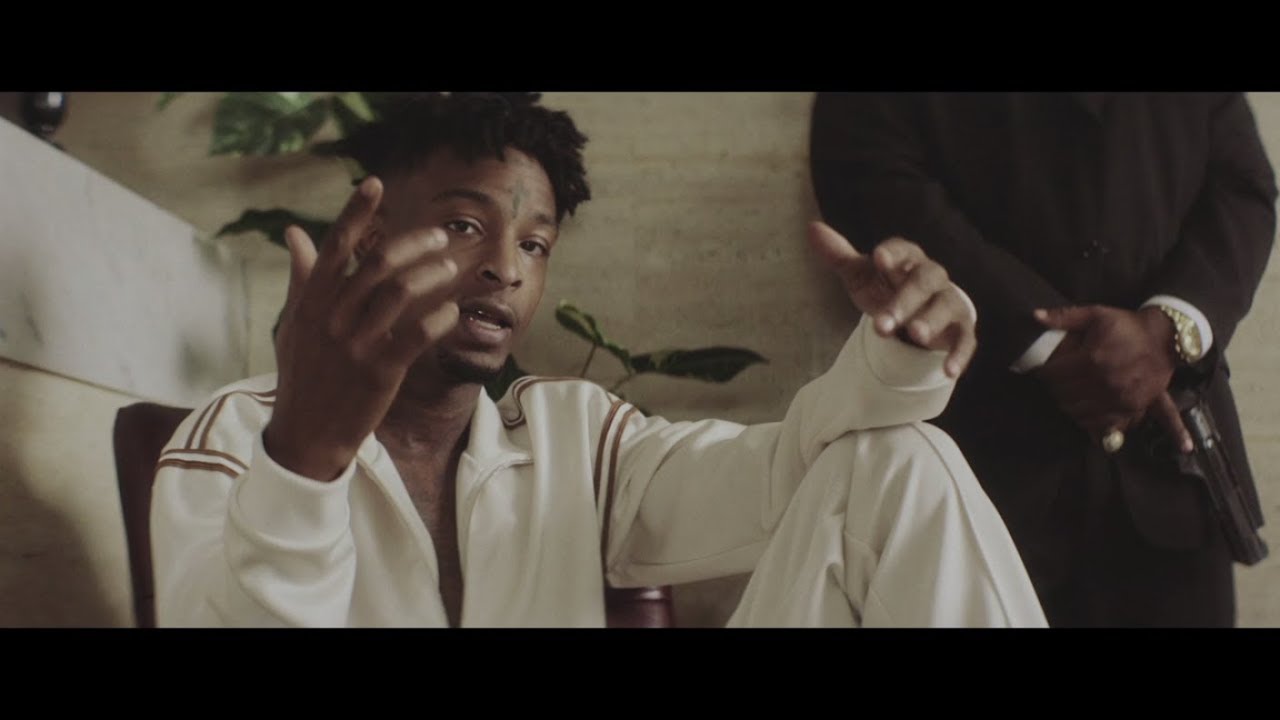The role of being a YouTuber has evolved much more than when the site was first created back in 2005. Now, more than a decade later, the video streaming service has become a platform for aspiring young people who want to go into well, anything. As broad as this sounds, the possibilities are endless no matter what field you want to focus in; whether it’s technology, music, fashion advice or just plain old vlogging your life to create interesting storylines. It’s become so broad and all-encompassing that you can live off of the money you make as a YouTuber, which is something that was almost unheard of when the site was created.
Being a YouTuber has become more than just experimenting with a video camera or making short skits for the fun of it. It’s become profitable, creative and another thing to replace the old ways of entertainment (i.e. cable and television). Because there’s nothing better than being able to just type in anything you are interested or want to know about–cooking, video games, photography, etc—and right away getting a stream of well-produced, thought-provoking videos. Whether it’s tutorial makers or creative entertainers, the modern career of the “YouTuber” is nothing to sneeze at. It involves hard work and good self-discipline, but if you figure it out, one can use it for a multitude of creative fields.
“The old YouTube mentality is you just need to get the views, it’s all about the views. It’s not really about that anymore,” comments Trisha Hershberger, a host for multiple shows on YouTube and Twitch including Newegg Studios and Geek & Sundry. Hershberger started out on YouTube with the well-known channel Source Fed in 2012, a comedy-meets-news-meets-lifestyle channel that covered many issues as well as worked with other channels for hosting videos. Coming from a traditional acting background, Hershberger learned a different form of entertainment where she not only had the job of acting, but also creating.
“When I was in the digital world and could develop and write for myself, I was really just getting to do the stuff that I wanted to do, and that was really cool,” Hershberger shared. “I never really thought that was an option because I was so in the traditional acting world of ‘be what they want you to be’ and in the digital world, I could just be me and that’s okay.”
Jared Polin started making videos on YouTube back in 2010, and since then has grown his subscriber list to over 700,000. His channel centers around making tutorials, guides and question and answer sessions talking about photography and videography. When Polin first began his channel, his goal was to land more photography jobs, but he soon realized that he had garnered an audience that looked to him for advice. Thus, the channel FroKnowsPhoto was born and has also led to a video podcast that is put up on his channel.
“The main idea is that if you have something that you want to say, you have the ability today to reach endless amounts of people,” Polin says. “It doesn’t matter if you have expensive gear, doesn’t matter what you have, because if you have a phone and an internet connection, you can say whatever you want.”
The community of YouTube has expanded far beyond making funny videos and joking around with friends on your channel—although some of the most famous YouTubers to date actually started off like that. Today, YouTube has become a medium for freelancing that was unimaginable for generations before.
1. Put In The Time:
Contrary to maybe some current assumptions about YouTube, there is a lot of time and effort that needs to be put in when it comes to filming and producing videos and content online. Whether you’re working with a team or filming things every week individually, there’s a lot of work, planning and organization involved in it. These hours at work translate into a real career and real time commitment. “Now there’s so many other avenues and so many different ways to make a living, that this doesn’t have to be a hobby or a side hustle,” Hershberger says. “If you really put 40 hours a week into it, you can make a living producing your own digital content.“
2. Learn As You Go:
Being self employed is one thing, but it’s another thing to teach yourself how to be an entertainer, whether it’s a medium of journalism, hosting or acting. People from all different career backgrounds are able to find a channel, a team or a project that they can somehow get involved in. “My training was in stage acting and I moved out to Los Angeles for television and film and commercial and here I was hosting, which is where I wasn’t playing a character I was being myself and I was writing for myself and producing for myself,” Hershberger shared. “Once I became more comfortable with that, it became very freeing,” she said. In the world of YouTube, you should never be afraid to learn to trades.
3. Just Start:
Creating a YouTube channel or any kind of digital-based project is something that requires a lot of personal motivation and investment, so at times people might tend to hold back on starting their own because of the worry of the inevitable pressure and work that they will have to put in. Polin’s main advice is “just start.” As simple as this might seem, the best way to create success in something as independent as a YouTube channel or project, is to simply start somewhere, even if you’re not at the place you want to be yet.
*A version of this interview first ran in the current print issue of Substream Magazine available through our online store!













